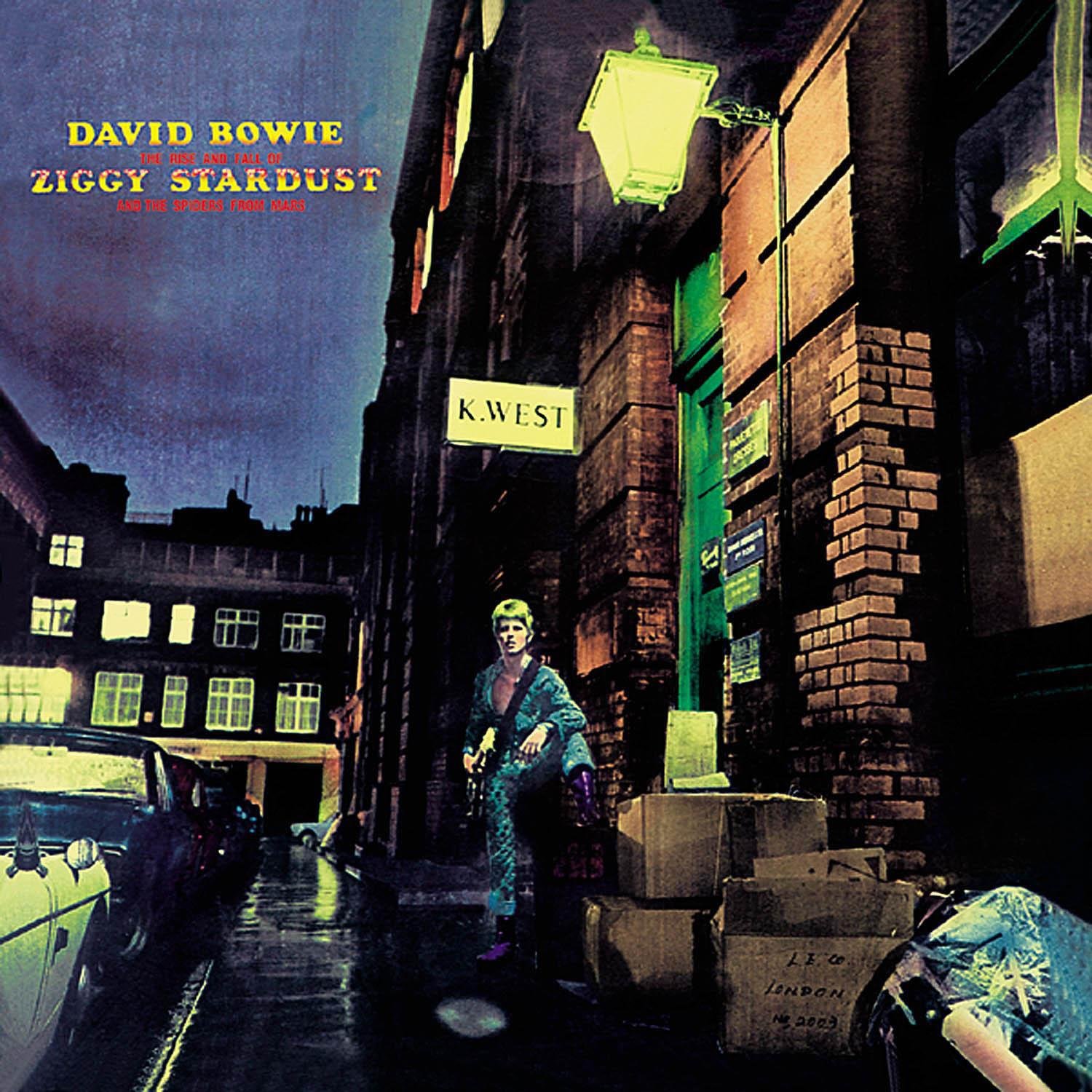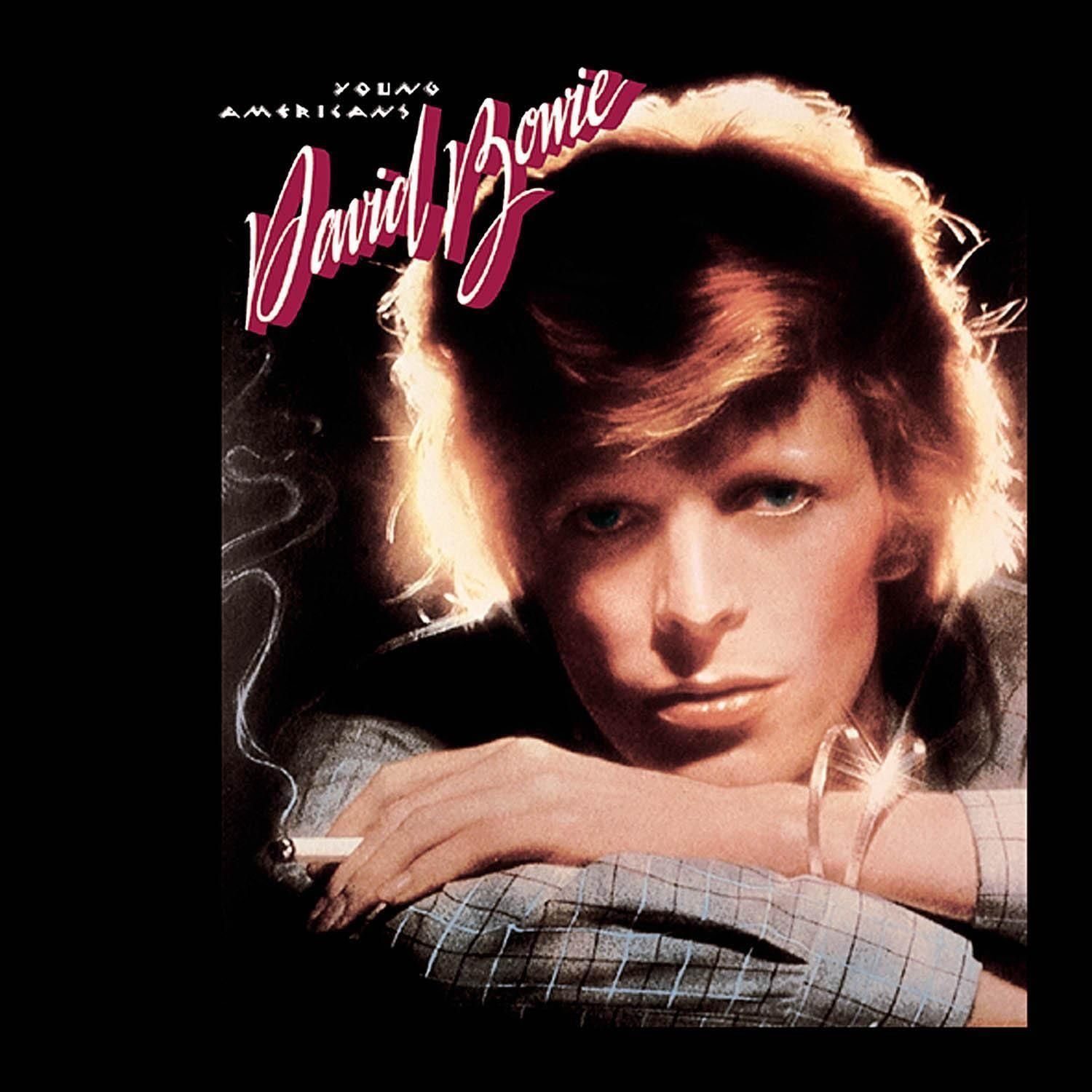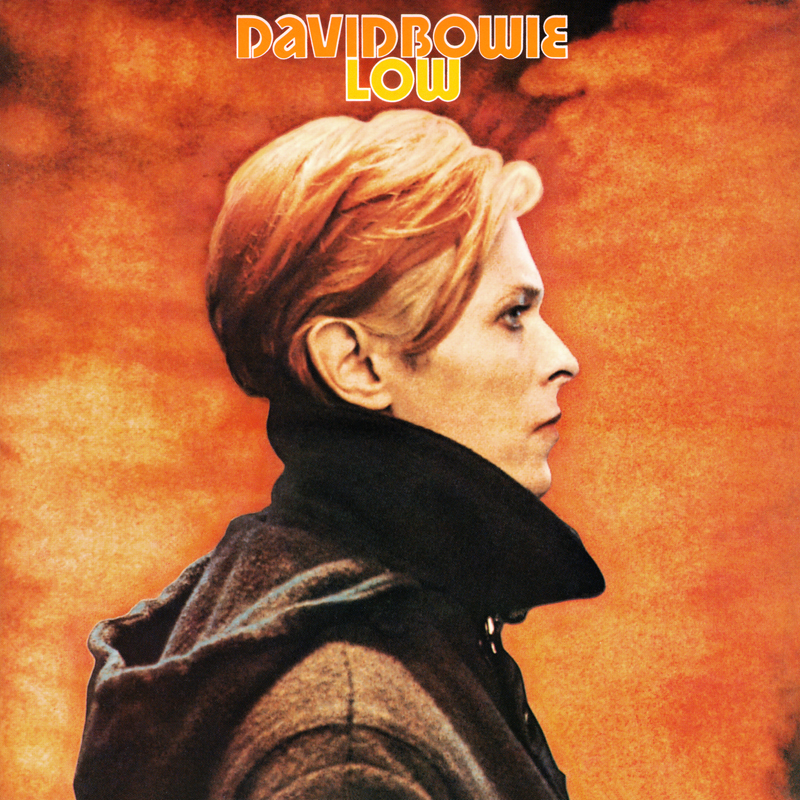Happy 40th Anniversary to David Bowie’s fifteenth studio album Let’s Dance, originally released April 14, 1983.
“I've never admitted this before—because it's never been true before—but this album is kind of tentative,” David Bowie said of Let’s Dance in a 1983 Rolling Stone interview. “I mean, I only kind of touched the edge of what I really want to do.” It was an accurate assessment for a set of songs that symbolized Bowie skimming the surface of a seemingly new career frontier. But, in all honesty, were there really any frontiers left for the Thin White Duke to conquer at that point?
It's true, a little over a decade after his eponymous debut in 1967, Bowie's flitting between the mainstream and underground had left nary a stone unturned. He was an irrepressible icon that thumbed his stylish nose to the larger sort of popular music hurdles that impeded others in his field. However, even with his non-conformist approach, he hadn't been a complete stranger to hits along the way. But a bona fide blockbuster? Bowie seemed above that kind of “success” as it was sure to halt any and all artistic appetites he needed to indulge in. Yet, “Ashes to Ashes” and “Fashion” —from the politely platinum Scary Monsters (and Super Creeps) (1980)—suggested that Bowie was warming to the notion of taking on a more marketable sound, on his own terms of course.
Several projects on the stage and the silver screen—notably The Elephant Man and Merry Christmas Mr. Lawrence—kept Bowie busy post-Scary Monsters (and Super Creeps). This is to say nothing of his 1981 alliance with Queen on “Under Pressure.” The pace picked up though in 1983. The musical upstart had not only signed a new deal with EMI Records, but sessions for his next project, Let's Dance, had begun to percolate. Having (temporarily) parted ways with his longtime musical partner Tony Visconti, Bowie took up company with Nile Rodgers, the founding member of the seminal disco-soul outfit Chic and an emergent producer and songwriter in his own right.
The Bowie/Rodgers relationship, later reprised on the unsung Black Tie White Noise (1993), has been one of much discussion and study. Some have remarked that their pairing was the shrewdest of partnerships, but the music they made together posited that there was more happening between the two. Both men were pushing the other toward the limits of his imagination during the three-week incubation period for the forthcoming album. Let's Dance is the ultimate expression of David Bowie's absolute awareness and application of his abilities in song.
Watch the Official Videos:
With exceptions issued to “China Girl” and “Cat People (Putting Out the Fire)”—pieces that existed in prior iterations and were re-recorded for Let's Dance—the rest of the material is fresh-faced. The selections swagger (“Shake It,” “Let's Dance”), they flirt (“Modern Love”) and they think too (“Ricochet”). As a songwriter and vocalist, Bowie hadn't lost his touch—everything on Let's Dance is biting and bright, anchored in a rhythmic, melodic rock/pop/R&B hybrid ideal for radio play.
Out of the eight entries on the long player, half went out as commercial singles from March to November 1983—“Let's Dance,” “China Girl,” “Modern Love,” and “Without You.” Drawing focus upon the title track, it upstages his previous urban-pop masterpieces “Young Americans” and “Fashion.” Comprised of a heady mix of humid brass, bluesy guitar riffs and peppery percussion, “Let's Dance” is forward thinking, funky and irresistible.
Like no other long player before or after it, Let's Dance managed to smooth out Bowie's mercurial eccentricities without totally expunging them and dropped him dead center into the “I want my MTV!” era. Overnight, Let's Dance collected silver, gold and platinum certifications the world over, secured its status as a definitive record of the 1980s, and sent its creator out on an eight-month concert tour encompassing ninety-six shows that touched sixteen countries.
Bowie had done it. He had finally crossed the commercial threshold. Even better, he had come out of the experience unscathed and artful as he ever was. Or had he? For the rest of the decade, Bowie was dogged by expectations to match and exceed Let's Dance—Tonight (1984) and Never Let Me Down (1987) suffered as a result.
Enjoying this article? Click/tap on the album covers to explore more about David Bowie:
Although Bowie's post-1980s recordings improved dramatically following these few missteps, he never again achieved the equilibrium of art and commerce as he had on Let's Dance. Regardless, this record further extended Bowie's pop music omnipresence, showing that even for the briefest of moments he could gracefully command the often antithetical elements of creativity and commercialism.
LISTEN:
Editor's note: this anniversary tribute was originally published in 2018 and has since been edited for accuracy and timeliness.





